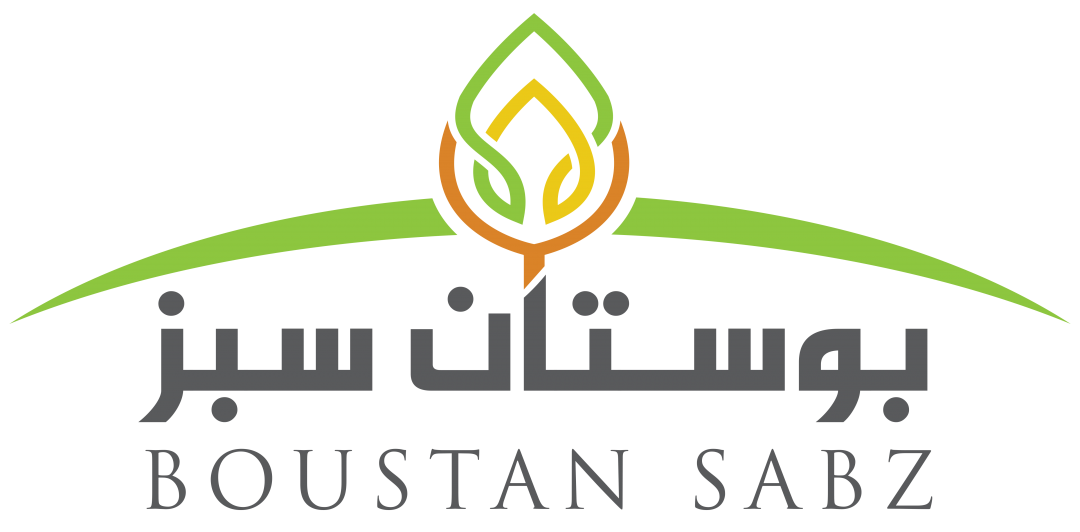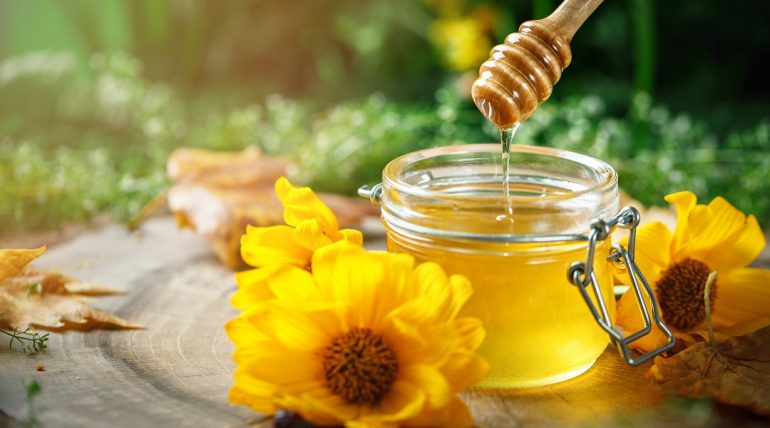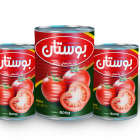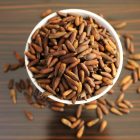Apiculture: How is pure honey produced?
Apiculture: How is pure honey produced?
In the spring and early summer months, when flowers flood the fields of our geography, we can see thousands of bees working tirelessly to collect pollen, water and resin, among other juices directly from the flowers. To these juices they add other substances that they produce from their own organism, to transform them into pure honey.
Sweet, thick, golden, bright, delicious and healthy … These attributes deserve the honey of bee, whose production occurs in several parts of Afghanistan, but where do the bees take the nectar that turn into golden honey?
Today we will explain to you in very simple and non-scientific terms the way in which honey is produced.
It is important, first to know the division of this work by these insects, which is perfect in a hive since they all have their role. The queen, as her name says, the one who commands and all the others work for her. Then there are the workers, who collect the nectar and the pollen; and there are the drones, called parasites, who follow the workers, but they are the pimps.
In the organization, there are other bees as the explorers, who go out to look for flowers and then return to warn the collectors about the location. There are also the builders of the cells of the hives, the sentinels or soldiers who take care of the hive and even some so-called fans, responsible for cooling the combs.
In sweet words, all the bees of a hive or honeycomb have their functions, they must fulfill their work; otherwise, we humans could never enjoy the true honeys of life.
Now, how is the honey production process?
The scout bees leave the house early in search of nectar. They arrive at the hives and notify the collectors.
The collectors collect the nectar with the tongue. They suck it and store it in what is called the stomach of honey.
In this process, they add enzymes and nutrients. Once the nectar is collected, they take flight and move to the outside of the hive, where the receiving bees take it to take it inside, that is, to the wax cells.
The bees themselves produce the wax, and now of building the cells of the combs, they secrete it through the stomach. In these cells, they not only deposit the nectar for honey, but also the eggs that, after 21 days, become bees.
About a week is needed for that nectar to turn into honey.
The development of the beekeeping industry is important in agriculture, since this activity is possible to extend several services, such as the pollination of crops, in addition to the production of honey, pollen and propolis, among other derivatives of this industry.
How good honey is produced.
Honey is a product produced by the bees themselves, with the sole objective of permanently feeding their hungry larvae and thus ensure life during the harsh winter.
However, the bees in their flights only collect a few milligrams of pollen, nectar and water, but having several thousand bees making several thousand daily flights, they get to collect impressive amounts of food for their hives.
Most of the pollen and nectar will be consumed by themselves and their larvae during the months of maximum work, that is, in spring and summer and the rest of their production will be used to procure food during the harsh months of winter and the the rest of the year.
When one begins, it takes between eight and nine months to give the first harvest. The best thing to do is to start from February, which is the best months, and to place the apiary as close to a water source, no farther than 500 meters, and with lots of vegetation around so that the bees pollinate better.
How are the castes?
The queen puts on the offspring and can give 3,500 eggs a day. It is the only fertile female and lives up to years. The drone paired with the queen. They can live between 60 and 65 days. The workers are responsible for cleaning the hive and pecoring. They can live up to 65 days.
Conclusion
Honeybees are the best and most effective pollination agent for fruit trees and other plants, because they carry pollen from a flower and transfer it to another flower resulting from high flowering and pollen yields and harvest levels of a farm. In addition, they bring the garden 100% to its maximum. At least four honeybee hives are required for a thousand square meter of land, where cultivated trees are planted.
Boustan Research and Development Farm is home to an apiary of 60 honeybee hives each containing several thousand bees. These honeybees play a vital role in crop pollination, which greatly affect yields and business productivity.
Considering the economic benefits of honeybees, Boustan plans to expand its apiary with the addition of hundred plus hives by the beginning of 2020 thereby capitalizing on their pollinating capabilities, contribution to honey production and supply to the local markets.
It should be mentioned that the main purpose of the maintenance of bees on the farm is the pollination of trees, and honey is the second objective.




